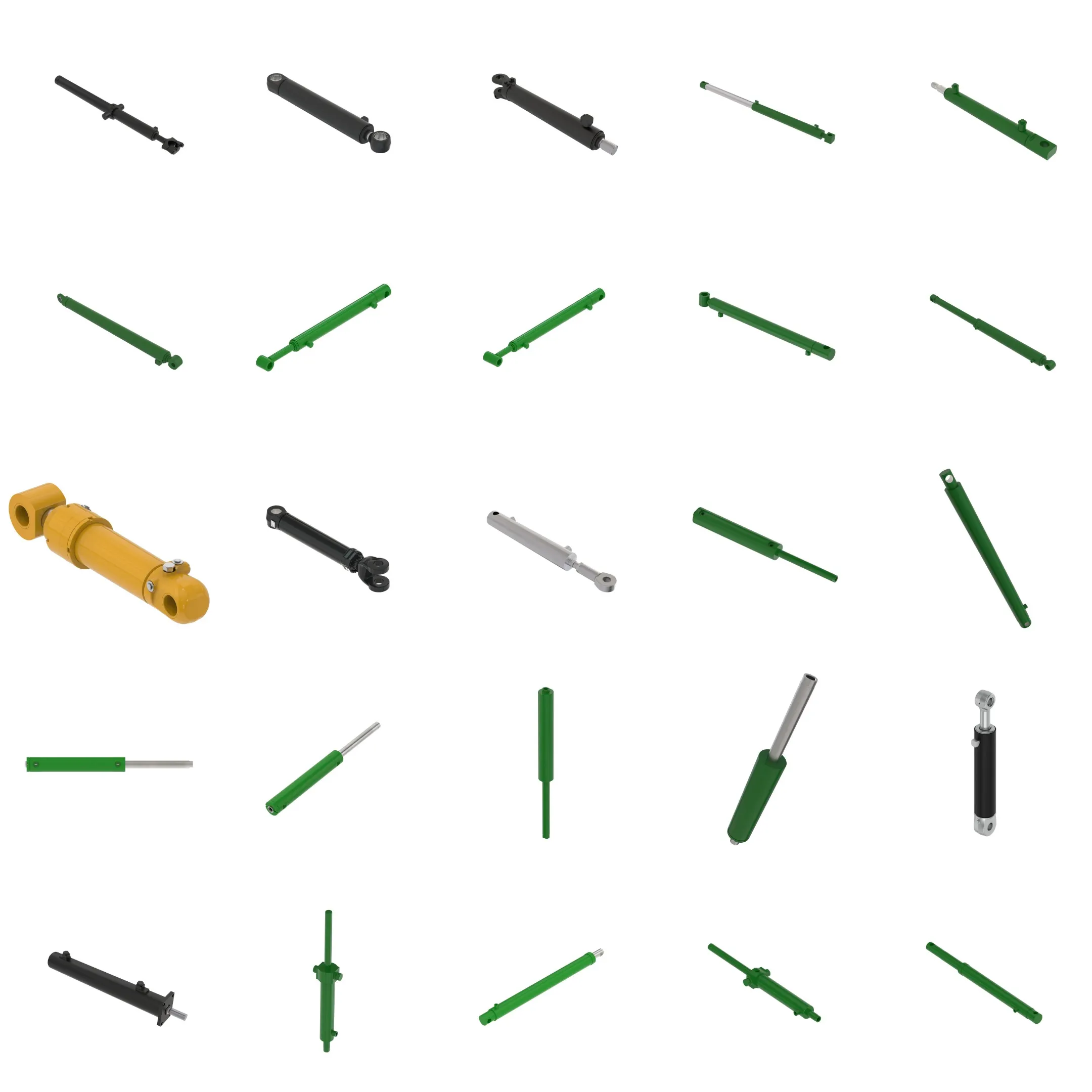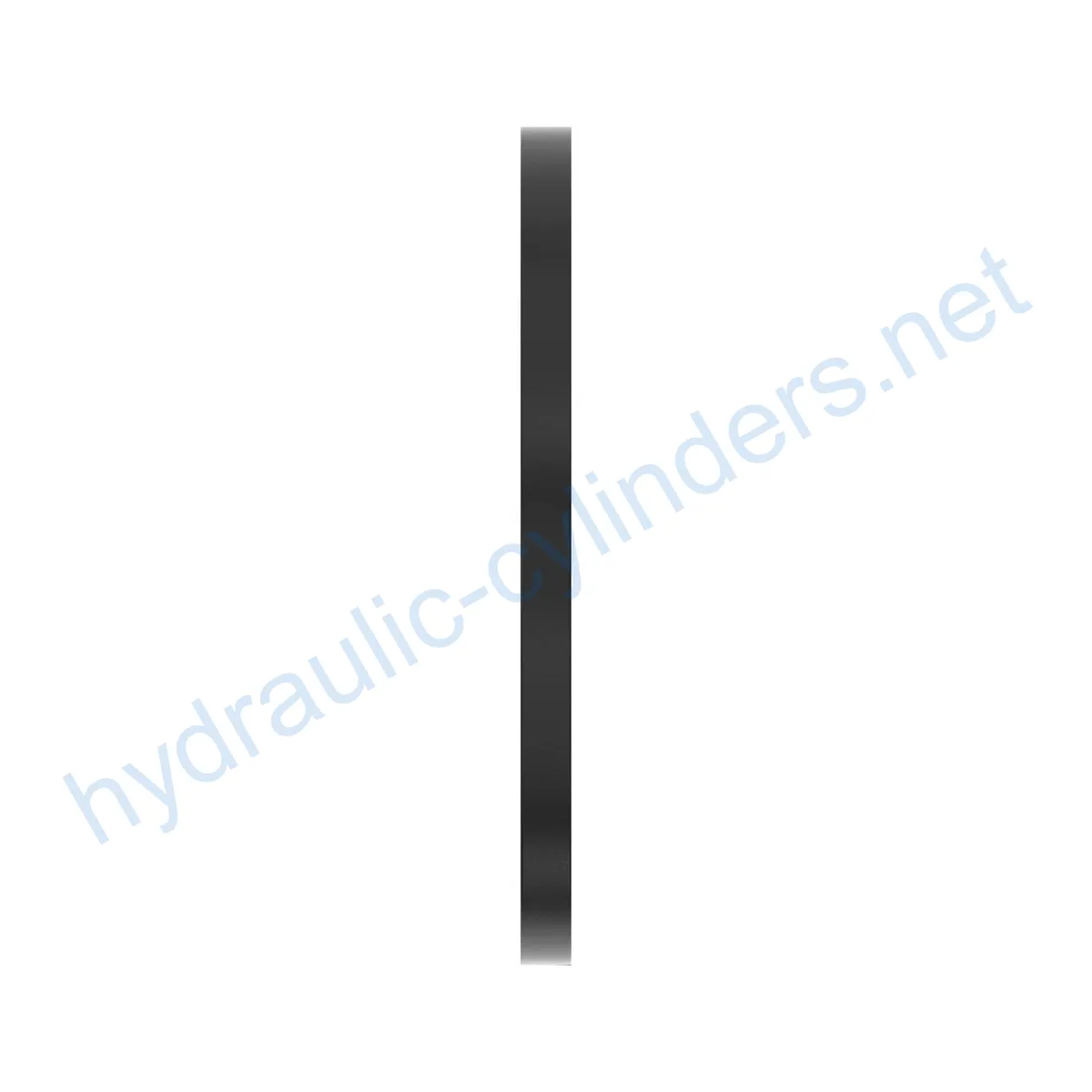Replacement Of H155318 Hydraulic Cylinder Backup Ring
Como cilindros hidráulicos uno de los fabricantes, los surtidores y los exportadores de productos mecánicos, ofrecemos cilindros hidráulicos y muchos otros productos.
Póngase en contacto con nosotros para más información.
Correo:sales@hydraulic-cylinders.net
Fabricante proveedor exportador de cilindros hidráulicos.
Replacement Of H155318 Hydraulic Cylinder Backup Ring
This product is a replacement hydraulic cylinder backup ring designed for various models including 200, 200C, 230C, 240D, 250, P, 250G, 703JH, 753J, 753JH, 759J, 759JH, 803M, 803MH, 850, 853G, 853J, 853JH, 853M, 853MH, 859M, 859MH, 900, 903G, 903J, 903JH, 903K, 903KH, 903M, 903MH, 909J, 909JH, 909K, 909KH, 909M, 909MH, 953G, 953J, 953K, 953MH, 959J, 959K, 959MH, 959ML, 2454D, and 2654G.
Introduction
The hydraulic cylinder backup ring is an essential component that helps to ensure the proper functioning of hydraulic cylinders. It prevents leakage and helps to maintain the hydraulic pressure required for various applications.
Specifications
- Weight: 0.05 lb
- Height: 5.4 in
- Length: 0.35 in
Models
This replacement backup ring is compatible with the following models:
- 200, 200C, 230C, 240D
- 250, P, 250G
- 703JH, 753J, 753JH, 759J, 759JH, 803M, 803MH
- 850, 853G, 853J, 853JH, 853M, 853MH, 859M, 859MH
- 900, 903G, 903J, 903JH, 903K, 903KH, 903M, 903MH
- 909J, 909JH, 909K, 909KH, 909M, 909MH
- 953G, 953J, 953K, 953MH, 959J, 959K, 959MH, 959ML
- 2454D, 2654G
Features
The replacement of a damaged or worn hydraulic cylinder backup ring offers several benefits:
- Improved Equipment Performance: Replacing a damaged or worn-out hydraulic cylinder can restore the equipment’s normal operational capability, ensuring optimal performance in various applications.
- Enhanced Safety: Regularly replacing hydraulic cylinders can reduce the safety hazards associated with cylinder failures, ensuring the safety of operators and equipment.
- Overload Protection: New cylinder designs often incorporate better overload protection mechanisms, improving safety.
- Quick Installation: Modern hydraulic cylinders are designed with ease of installation and replacement in mind, minimizing downtime.
- Standardized Components: Many hydraulic cylinders are standardized products, making it easier to obtain replacement parts in the market.
Applications
The replacement hydraulic cylinder backup ring finds applications in various scenarios, including:
- Excavators: The hydraulic cylinder on the arm or bucket of an excavator may get damaged due to prolonged use or overload, requiring replacement to restore normal operation.
- Cranes: The hydraulic cylinder on a crane’s boom can wear out from frequent lifting and lowering, necessitating regular replacement to ensure safety.
- Tractors: The hydraulic cylinder on the front loader of a tractor may develop leaks or performance issues from continuous lifting and tilting operations, requiring replacement.
- Harvesters: Hydraulic cylinders in harvesters endure high pressure during the harvesting process and may suffer fatigue damage, requiring timely replacement to maintain efficiency.
- Automated Production Lines: Hydraulic cylinders are used to control robotic arms and other automated equipment. Cylinder failures can impact production efficiency and should be promptly replaced.
- Die Casting Machines: Hydraulic cylinders in die casting machines may experience performance degradation in high-pressure and high-temperature environments. Regular replacement ensures product quality.
- Mining Equipment: Hydraulic cylinders are used for lifting and moving heavy loads in mining equipment. Regular inspection and replacement are necessary to prevent equipment failures due to harsh working conditions.
- Bulldozers: The wear of hydraulic cylinders on a bulldozer’s blade can lead to a decrease in pushing capacity, requiring timely replacement to maintain operational efficiency.
Maintenance Tasks
Regular maintenance tasks for hydraulic cylinder backup rings include:
- Periodic inspections
- Proper lubrication
- Seal replacement
- Calibration checks
Proper installation, lubrication, and adjustment are crucial for the longevity of hydraulic cylinders. During installation, it is important to provide proper guidance for aligning the cylinder, recommend the use of suitable installation brackets for securing the cylinder, and suggest inspection, repair, and replacement procedures. Additionally, offering replacement parts and rebuilding services can enhance the lifespan of the backup rings.
Safety Considerations and Environmental Factors
When using hydraulic cylinders, it is essential to prioritize safety measures. Proper handling, maintenance, and the use of appropriate safety equipment are crucial to prevent accidents and ensure the safe operation of equipment. Environmental factors should also be considered to minimize the impact of hydraulic cylinder use on the environment.
Troubleshooting and Common Issues
When encountering issues with hydraulic cylinders, the following troubleshooting steps can be helpful:
- Leakage: Check for any signs of leakage and inspect the seals and connections for damage.
- Slow Operation: Check the hydraulic fluid levels and inspect the system for any blockages or restrictions.
- Irregular Movement: Check for any hydraulic fluid contamination or air in the system, and inspect the valves and pumps for proper functioning.
To address these issues, it is important to provide tips for troubleshooting and solutions to help readers effectively diagnose and resolve problems. Precautionary measures can also be suggested to minimize potential issues.

Visite nuestra fábrica de RV:
Haga un recorrido por nuestra fábrica de RV con lo siguiente
Cilindro hidráulico Aplicación:


